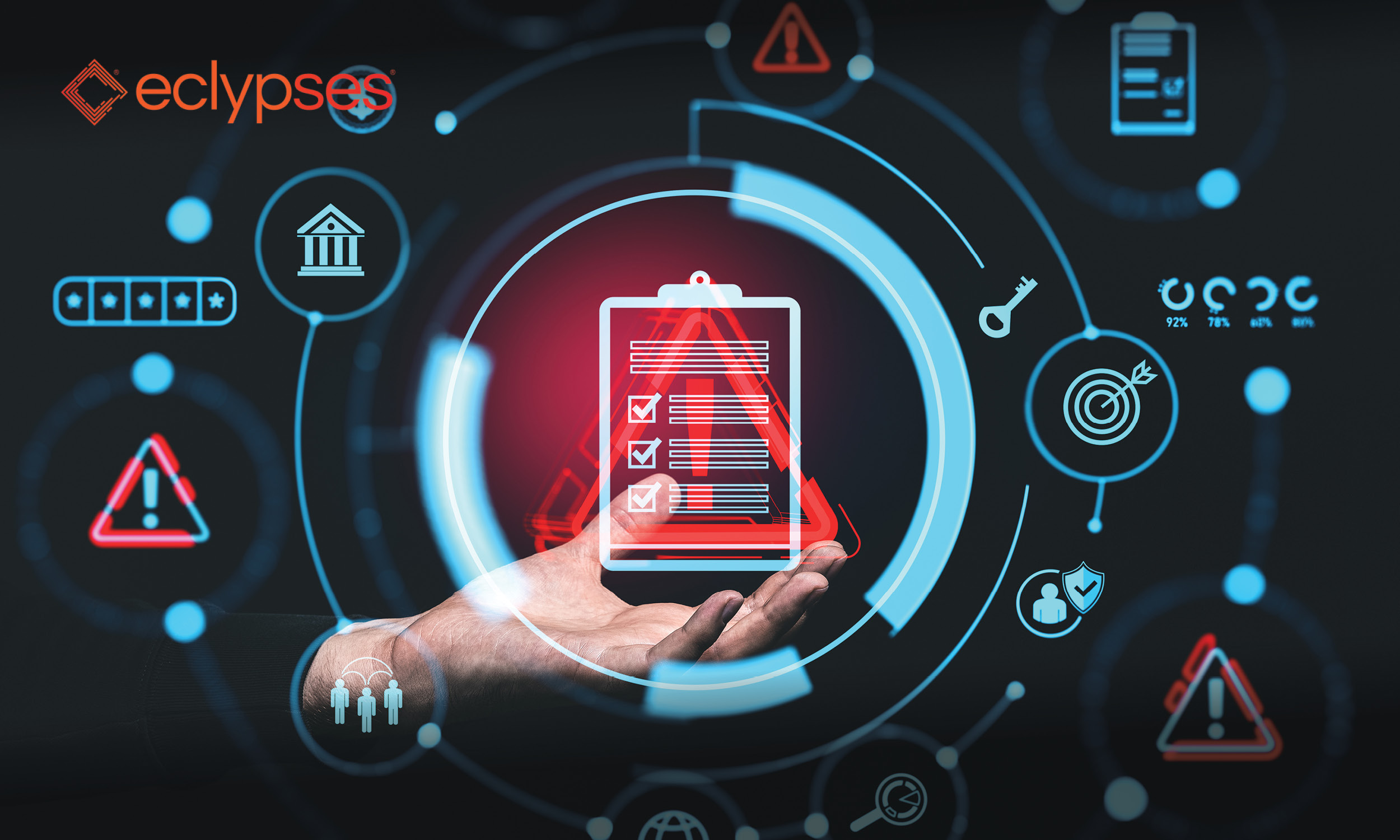
Mobile applications have become an essential part of our daily lives, allowing us to access information, connect with others, and perform a wide range of tasks on-the-go. However, with the increasing use of mobile apps, the need for robust security measures has also grown tremendously. As we approach the halfway point of 2023, mobile app security is set to become more complex and sophisticated. In this article, we’ll explore the future of mobile app security, including emerging trends, challenges, and best practices.
Trends: Mobile app security is a constantly evolving field, and new trends are emerging every day. Here are some of the trends that are likely to shape the future of mobile app security:
- Artificial Intelligence (AI) and Machine Learning (ML): AI and ML are set to play a significant role in mobile app security, enabling developers to identify potential vulnerabilities and threats more effectively. These technologies can help to detect and respond to suspicious activities in real-time, thereby enhancing the overall security of mobile apps.
- Biometric Authentication: Biometric authentication, such as facial recognition and fingerprint scanning, is becoming increasingly popular as a way to secure mobile apps. With biometric authentication, users can quickly and easily authenticate their identity, providing an additional layer of security.
Challenges: While there are many emerging trends in mobile app security, there are also several challenges that developers must overcome. Here are some of the key challenges:
- Lack of Standards: There are currently no universal standards for mobile app security, making it challenging for developers to ensure that their apps are secure. This lack of standards can lead to inconsistencies in security measures and make it easier for attackers to exploit vulnerabilities.
- User Awareness: Many mobile app users are not aware of the potential security risks associated with using apps. This lack of awareness can lead to users unknowingly exposing themselves to risks, such as downloading malware-infected apps or using insecure Wi-Fi networks.
- App Store Security: App stores, such as Google Play and the Apple App Store, are often the first line of defense against malicious apps. However, there have been several instances where malicious apps have been able to bypass these security measures, highlighting the need for better app store security.
Best Practices: To overcome these challenges and ensure the security of mobile apps, developers must follow best practices. Here are some of the key best practices:
- Implement MTEⓇ Technology: MTE technology is a forward-looking data security solution that provides application-level security to protect data from unauthorized users. This patented technology generates instantly obsolete, meaningless, random streams of values that can be used to replace any form of data transmitted between endpoints or can be utilized as single use encryption keys. Developers have found this technology to be an easy implementation and are confident that their data is secure from cyber criminals.
- Regularly Update Apps: Regular app updates are essential to maintain the security of mobile apps. Developers should regularly update their apps to patch vulnerabilities and address any security concerns.
- Conduct Security Testing: Security testing is crucial to identifying potential vulnerabilities and weaknesses in mobile apps. Developers should conduct regular security testing to identify and address any security issues.
Mobile app security is an ever-evolving field that requires constant attention and vigilance. As we move beyond 2023, developers must keep up with emerging trends and adopt best practices to ensure their mobile apps are secure. By implementing robust security measures, developers can help to protect user’s sensitive information and prevent potential security breaches.
For more information, please reach out to our team contact@eclypses.com.


